Manga Drawing for Beginners: Where to Start
Are you ready to dive into the vibrant world of manga drawing? If so, you're in for an exciting journey filled with creativity and self-expression! This article provides a comprehensive guide for beginners looking to explore the art of manga. You might be wondering, where do I even start? Well, don't worry! We’ll cover essential techniques, tools, and tips that will help you develop your skills and unique style. Just like learning to ride a bike, manga drawing requires practice, patience, and a little bit of guidance. So, let’s get rolling!
Manga is not just one style; it's a rich tapestry of various genres and aesthetics. From Shonen aimed at young boys, featuring action-packed adventures, to Shojo that caters to young girls with romantic themes, each style has its own flavor. Then there’s Seinen for adult men, often delving into deeper narratives, and Josei for adult women, focusing on realistic relationships and life challenges. Each of these styles influences character design, storytelling, and artistic techniques, so understanding them is crucial for any aspiring manga artist.
Now that you have a grasp on the styles, let’s talk tools! You don’t need a fancy setup to start drawing manga, but having the right tools can make a significant difference. The basic tools for manga drawing include:
- Pencils: Ideal for sketching your initial ideas.
- Inks: Used for finalizing your drawings and adding depth.
- Digital Tablets: Great for those who prefer to create on-screen.
Each tool contributes to the overall artistic process, helping you bring your ideas to life. Whether you prefer traditional methods or digital techniques, the choice is yours!
When it comes to choosing between traditional and digital tools, there are pros and cons to consider. Traditional drawing can offer a tactile experience that many artists cherish, with the feel of paper and the smell of ink adding to the creative process. However, digital tools provide flexibility and the ability to easily correct mistakes. It’s like deciding between cooking with fresh ingredients or using a microwave meal—both have their merits, but one may suit your style better than the other.
For traditional artists, the type of paper you choose can greatly affect your final artwork. Here are a few types to consider:
| Paper Type | Texture | Best For |
|---|---|---|
| Bristol Board | Smooth | Inking and detailed work |
| Watercolor Paper | Rough | Mixed media and washes |
| Sketch Paper | Lightly textured | Initial sketches and practice |
If you lean towards digital drawing, there are several software options that can cater to your needs. Programs like Clip Studio Paint, Adobe Photoshop, and Procreate are popular choices among manga artists. Each offers unique features, such as customizable brushes and easy layering, making it easier to experiment and create stunning artwork.
Creating compelling characters is at the heart of manga drawing. Think of your characters as the stars of your story—each one should have distinct personality traits and physical attributes. This is where the magic happens! Ask yourself questions like: What motivates them? What are their fears? By diving deep into their backgrounds, you can bring your characters to life through thoughtful design and storytelling.
Mastering fundamental drawing techniques is essential for creating dynamic manga illustrations. Start with line work, where clean and confident lines can make all the difference. Then, move on to shading, which adds depth and dimension to your characters and scenes. Perspective is another crucial technique, allowing you to create a sense of space and movement in your artwork. Think of it as the difference between a flat drawing and a vibrant, three-dimensional scene!
Understanding human proportions and anatomy is vital for drawing realistic and relatable characters. While manga often features exaggerated proportions, having a solid foundation in anatomy will help you create more believable figures. Remember, it’s not just about how tall your character is; it’s about how they move and interact within their world.
Facial expressions are the windows to your characters’ emotions. Learning how to draw various expressions can enhance your storytelling significantly. Practice drawing a range of emotions—joy, sadness, anger, surprise—and pay attention to the subtle changes in the eyes, mouth, and eyebrows. It’s like acting; the more you practice, the more natural it will feel!
Manga is not just about pretty pictures; it’s about telling a story. Plot development, pacing, and visuals all work together to create an engaging narrative. Think of your manga as a rollercoaster ride—there should be ups and downs, twists and turns that keep readers on the edge of their seats.
The layout of your panels is crucial in guiding readers through your story. Different panel arrangements can create tension, excitement, or calmness, depending on what you want to convey. Experiment with various layouts to find what best suits your narrative style.
Last but not least, let’s talk about dialogue. Writing engaging dialogue that complements your artwork is key to developing character interactions. Think of it as a dance; the words should flow naturally and enhance the overall experience of your manga.
Q: Do I need to be good at drawing to start manga?
A: Not at all! Everyone starts somewhere. The key is to practice and enjoy the process.
Q: How long does it take to become proficient in manga drawing?
A: It varies from person to person. With consistent practice, you’ll see improvement over time.
Q: Can I create manga without formal training?
A: Absolutely! Many successful manga artists are self-taught. Utilize online resources and tutorials to guide you.
Now that you have a solid foundation to start your manga drawing journey, it’s time to pick up your tools and let your creativity flow. Happy drawing!
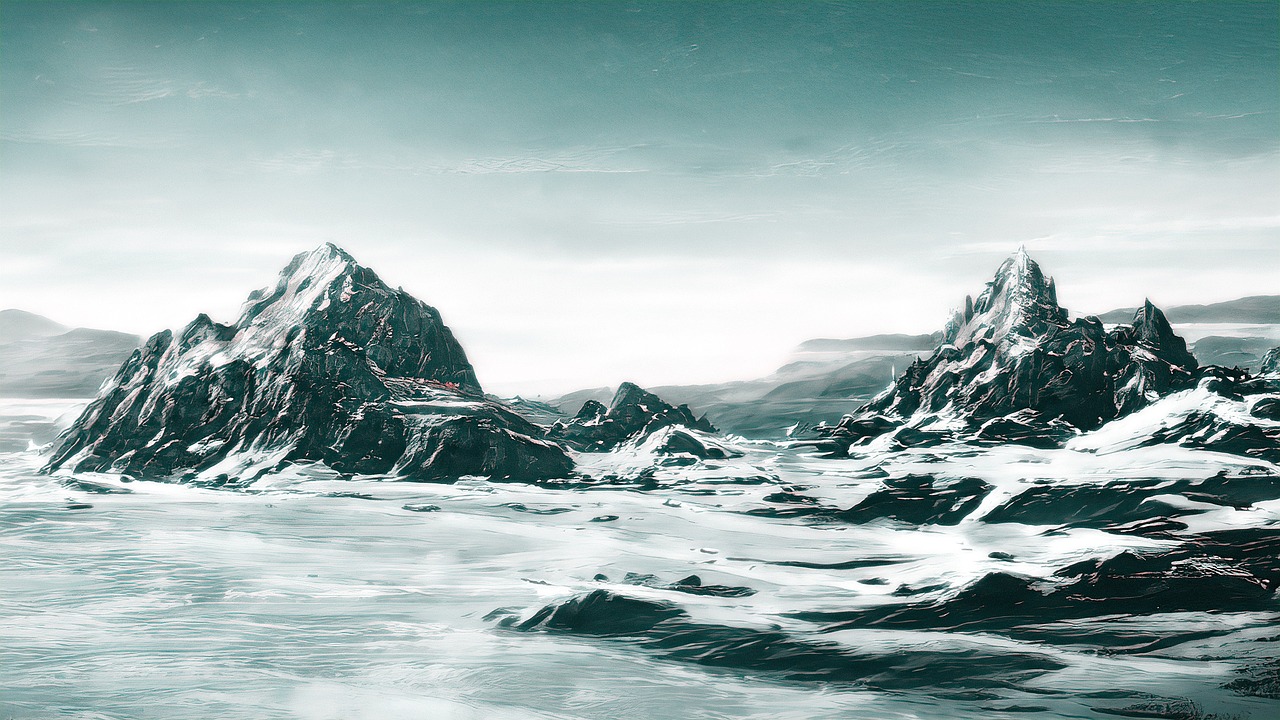
Understanding Manga Styles
Manga is a fascinating art form that captivates millions around the globe, and one of the first steps in your journey as a budding manga artist is to understand the different styles that exist within this medium. Each style has its unique characteristics, influences, and target audiences. So, what exactly are these styles, and how do they shape the way you create your characters and stories? Let's dive into the world of manga styles!
First up is Shonen, which primarily targets a younger male audience, typically featuring action-packed stories with male protagonists. Think of series like "Naruto" or "One Piece," where the themes often revolve around friendship, adventure, and personal growth. The artwork in Shonen manga tends to be dynamic, with exaggerated expressions and dramatic poses that convey energy and excitement.
On the flip side, we have Shojo manga, aimed at a younger female audience. This style often focuses on romance, relationships, and emotional conflicts. Iconic examples include "Sailor Moon" and "Fruits Basket." The art style in Shojo is characterized by soft lines, delicate features, and intricate backgrounds, creating a dreamlike quality that resonates with its readers.
Next, we venture into Seinen and Josei manga, which cater to older audiences. Seinen is designed for adult men and often explores more complex themes, including psychological depth and moral ambiguity. Series like "Berserk" or "Attack on Titan" exemplify this style, with darker narratives and mature content. In contrast, Josei targets adult women and delves into realistic portrayals of love and life. Works like "Nana" and "Paradise Kiss" offer relatable stories filled with emotional depth and character development.
Understanding these styles not only helps you appreciate the diversity of manga but also guides you in choosing your artistic direction. As you start crafting your unique stories, consider how the characteristics of these styles can influence your character design and storytelling techniques. For instance, think about how the exaggerated facial expressions in Shonen can enhance action sequences or how the delicate artwork in Shojo can elevate romantic moments.
In summary, knowing the various manga styles is crucial for any aspiring artist. Each style has its own flavor and audience, and understanding these nuances will help you create compelling characters and stories that resonate with your readers. So, whether you lean towards the high-energy antics of Shonen or the emotional depth of Josei, embrace the style that speaks to you and let it guide your artistic journey!
- What is the difference between Shonen and Shojo manga? Shonen targets younger males with action-oriented stories, while Shojo focuses on romance and relationships for younger females.
- Can I mix styles in my manga? Absolutely! Many artists blend elements from different styles to create something unique and personal.
- How do I decide which style to follow? Explore different styles and see which resonates with you the most. Your interests and the stories you want to tell will guide your choice!

Essential Drawing Tools
When you’re stepping into the world of manga drawing, choosing the right tools can feel like standing in a candy store—exciting yet overwhelming! The tools you select can significantly impact your artistic journey, influencing everything from the ease of your drawing process to the quality of your final artwork. Whether you’re sketching in a cozy corner of your room or working on a digital canvas, having the right equipment is crucial for bringing your creative visions to life.
First off, let’s talk about the traditional tools. A good set of pencils is essential, and you might want to consider a range of hardness levels. Softer pencils (like 2B or 4B) are great for shading and creating depth, while harder pencils (like H or 2H) are perfect for fine lines and details. Pair these with quality erasers—both kneaded and vinyl types—to help you refine your sketches without damaging the paper.
Next, you’ll need some inking tools. Inking is where your sketches come alive, and using fine liners or brush pens can make a world of difference. Fine liners allow for precise lines, while brush pens can create beautiful, expressive strokes. If you’re feeling adventurous, try using a traditional brush and ink for a more organic feel. Just remember, practice makes perfect!
Now, onto the digital side of things. If you’re leaning towards digital art, investing in a good graphics tablet is a game-changer. Tablets like the Wacom Intuos or Huion Kamvas offer pressure sensitivity that mimics traditional drawing. Plus, they come with software compatibility that allows you to create stunning artwork with just a few clicks. Speaking of software, programs like Clip Studio Paint and Adobe Photoshop are favorites among manga artists. They provide tools specifically designed for comic and manga creation, including customizable brushes and panel layouts.
So, how do you decide between traditional and digital tools? Each has its own set of pros and cons. Traditional tools offer a tactile experience that many artists cherish, allowing for a more hands-on approach. However, they can be messy and require a bit more setup. Digital tools, on the other hand, offer convenience and flexibility. You can easily undo mistakes, experiment with colors, and even share your work online instantly. Ultimately, it boils down to personal preference and what feels right for you.
Now, let’s not forget about paper! The type of paper you use can greatly affect your artwork. For manga drawing, look for smooth, heavyweight paper that can handle ink without bleeding. Here are a few types to consider:
- Bristol Board: Ideal for inking, smooth finish.
- Marker Paper: Great for alcohol-based markers, prevents bleed-through.
- Sketch Paper: Perfect for practice and rough drafts.
Choosing the right paper can elevate your work, giving you the freedom to experiment with different styles and techniques.
If you’re diving into digital art, here are some popular software options to consider:
| Software | Features | Best For |
|---|---|---|
| Clip Studio Paint | Custom brushes, comic templates | Manga artists |
| Adobe Photoshop | Advanced editing tools, extensive brush options | All-around digital art |
| Paint Tool SAI | Lightweight, easy to use | Beginners |
With the right software, you can unleash your creativity and produce stunning manga illustrations that resonate with your audience.
In conclusion, whether you choose traditional or digital tools, the most important thing is to find what works best for you. Experiment with different mediums, and don’t be afraid to make mistakes along the way. Each line you draw brings you one step closer to mastering the art of manga!
- What is the best pencil for manga drawing? A range of pencils from H to 4B is recommended for sketching and inking.
- Do I need to use special paper for manga? Yes, using smooth, heavyweight paper can enhance your inking and overall artwork quality.
- Can I create manga digitally? Absolutely! Many artists prefer digital tools for their flexibility and ease of use.
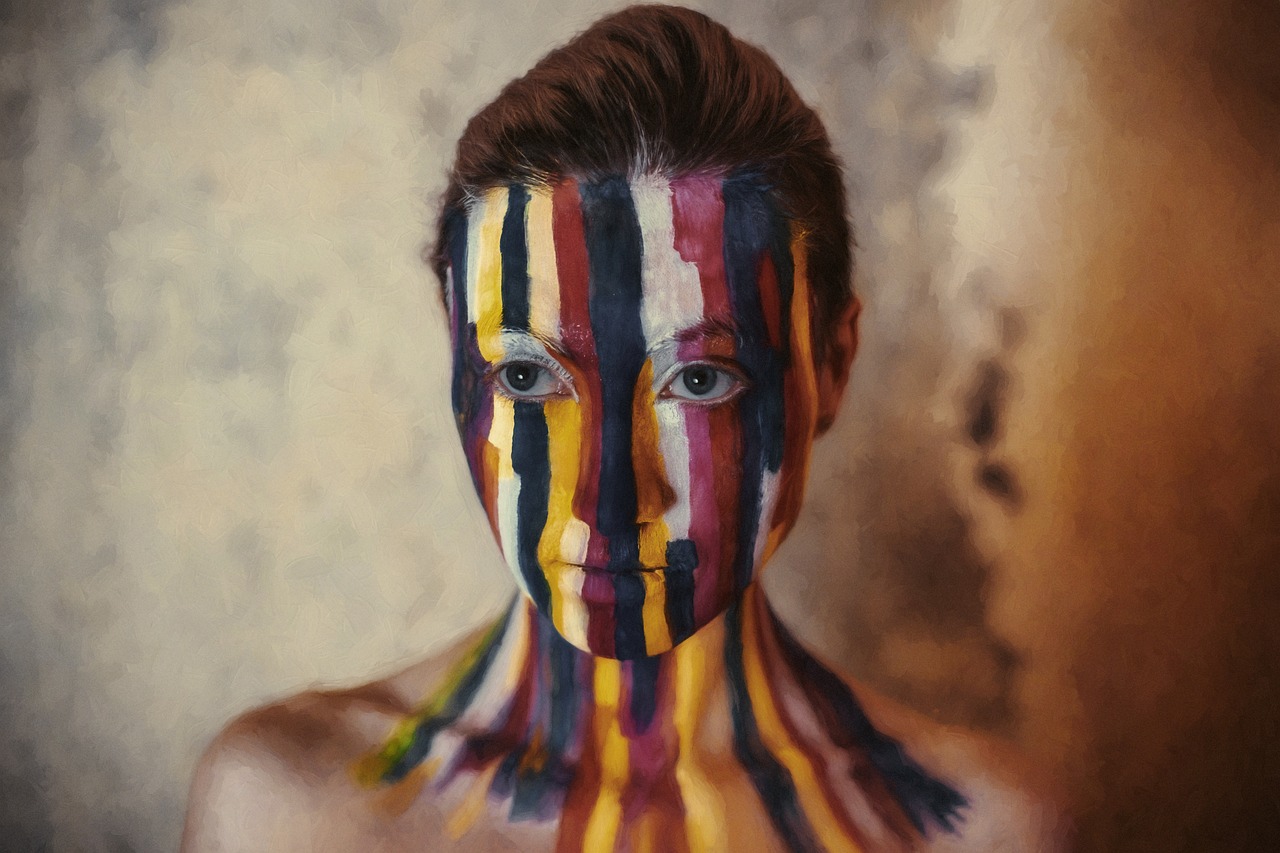
Traditional vs. Digital Tools
When it comes to manga drawing, one of the most exciting debates among artists is whether to use traditional tools or digital tools. Each approach has its own unique charm and set of advantages that can influence your creative process. If you're just starting out, you might be wondering which path to choose. Let’s dive into the pros and cons of both methods to help you make an informed decision.
Starting with traditional tools, many artists find a certain nostalgia and connection to their work when using physical materials. The tactile experience of pencil on paper can be incredibly satisfying, allowing for a direct relationship with your art. Traditional tools include pencils, inks, markers, and various types of paper. One of the biggest advantages of traditional drawing is the simplicity—you don’t need to worry about software updates or battery life. Plus, many artists argue that traditional media can produce a depth and texture that digital art sometimes struggles to replicate.
However, traditional tools also come with their own set of challenges. For instance, mistakes can be harder to fix. If you make an error with ink, it might mean starting over or using correction fluid, which can disrupt your flow. Additionally, the cost of high-quality materials can add up quickly, especially if you're experimenting with different styles and techniques.
On the other hand, digital tools offer a world of possibilities that can enhance your manga drawing experience. With a digital tablet and software like Clip Studio Paint or Adobe Photoshop, you have the ability to easily undo mistakes, experiment with colors, and create layers that allow for more complex compositions. Digital tools also provide access to a variety of brushes and effects that can mimic traditional media or create entirely new styles. For many artists, the ability to work on multiple projects simultaneously and the convenience of easily sharing their work online is a huge plus.
However, the digital route isn’t without its drawbacks. The learning curve for software can be steep, especially for those who are not tech-savvy. Additionally, the initial investment in a good tablet and software can be significant. Some artists also find that drawing on a screen lacks the same physicality and connection that comes with traditional methods, which can affect their creativity.
Ultimately, the choice between traditional and digital tools comes down to personal preference and your artistic goals. Many artists choose to blend both methods, using traditional tools for sketching and then moving to digital for inking and coloring. This hybrid approach allows for the best of both worlds, combining the tactile nature of traditional art with the versatility of digital tools.
To help you visualize the differences, here's a quick comparison:
| Feature | Traditional Tools | Digital Tools |
|---|---|---|
| Cost | Can be expensive over time | High initial investment, but cheaper in the long run |
| Ease of Use | Straightforward, no tech required | Requires learning software |
| Corrections | Harder to fix mistakes | Easy to undo and edit |
| Texture | Rich, tactile textures | Can mimic textures but may feel flat |
| Sharing | Physical copies needed | Easy to share online |
In conclusion, whether you choose traditional or digital tools, what matters most is finding a method that resonates with you and fuels your passion for manga drawing. Experiment with both and see what works best for your creative expression!
- Can I start drawing manga with just a pencil and paper?
Absolutely! Many successful manga artists began with basic tools. The key is to practice and develop your skills. - Is digital art better than traditional art?
Not necessarily. Both have their strengths and weaknesses. It ultimately depends on your personal preference and workflow. - What software is best for beginners?
Software like Clip Studio Paint and Krita are great options for beginners due to their user-friendly interfaces and features tailored for comic artists.
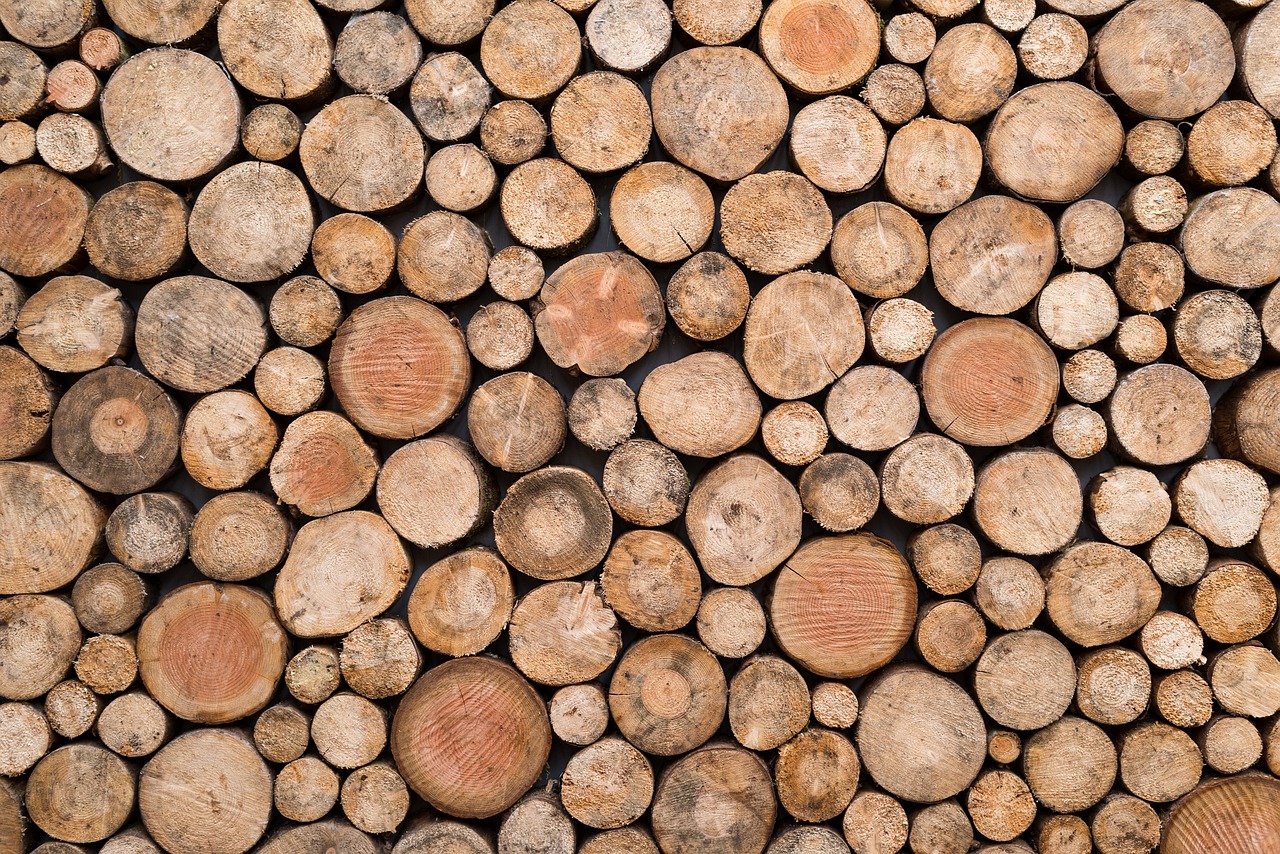
Paper Types and Their Uses
When it comes to manga drawing, the type of paper you choose can significantly influence your artistic process and the final outcome of your work. Different papers have unique textures, weights, and finishes, which can affect how your pencils and inks interact with the surface. Understanding these variations will help you select the best paper for your style and technique. Let's dive into some of the most common types of paper used in manga drawing.
First up, we have smooth paper, which is a favorite among many manga artists. Its sleek surface allows for clean line work and detailed illustrations, making it ideal for inking. This type of paper is often used for final drafts, as it holds ink beautifully without bleeding. However, it may not be the best choice for pencil sketches, as the smoothness can make it difficult to achieve the desired shading and texture.
Next, consider textured paper. This paper has a bit of grit to it, which can add depth and dimension to your drawings. It's perfect for pencil work, as the texture allows for better grip and blending. However, when it comes to inking, you may find that the ink doesn’t flow as smoothly as it does on smoother surfaces. For this reason, many artists choose to use textured paper for their initial sketches and switch to smooth paper for the inking stage.
Another option is bristol board, which is a heavyweight paper that comes in both smooth and vellum finishes. It's extremely durable and can handle a variety of mediums, including markers and watercolors. Bristol board is often the go-to choice for artists who want to create high-quality, professional-looking artwork. Its sturdiness means you can work on it without worrying about tearing or warping, making it a reliable option for both sketching and final illustrations.
For those who prefer a digital approach, digital drawing pads emulate the feel of paper while providing the flexibility of digital tools. While not a traditional paper type, these pads often come with different textures that mimic the feel of various paper types. This allows artists to experiment with different styles without the limitations of physical paper.
In summary, the choice of paper can greatly impact your manga drawing experience. Here’s a quick reference table to summarize the different types of paper and their uses:
| Paper Type | Best For | Pros | Cons |
|---|---|---|---|
| Smooth Paper | Inking | Clean lines, minimal bleeding | Not ideal for shading |
| Textured Paper | Pencil sketches | Better grip for shading | Can affect ink flow |
| Bristol Board | Final illustrations | Durable, versatile | Can be expensive |
| Digital Drawing Pads | Digital art | Flexibility, various textures | Requires technology |
Ultimately, the best paper for you will depend on your personal preferences and the specific techniques you wish to employ. Don’t hesitate to experiment with different types to find what works best for your unique style!
- What type of paper is best for beginners? Smooth paper is often recommended for beginners as it allows for easier inking and cleaner lines.
- Can I use regular printer paper for manga drawing? While you can use printer paper, it may not hold up well to ink or pencil shading, so it's better to invest in quality drawing paper.
- How do I choose the right weight of paper? A heavier weight (like 200gsm or more) is ideal for inking, while lighter weights are better suited for sketching.
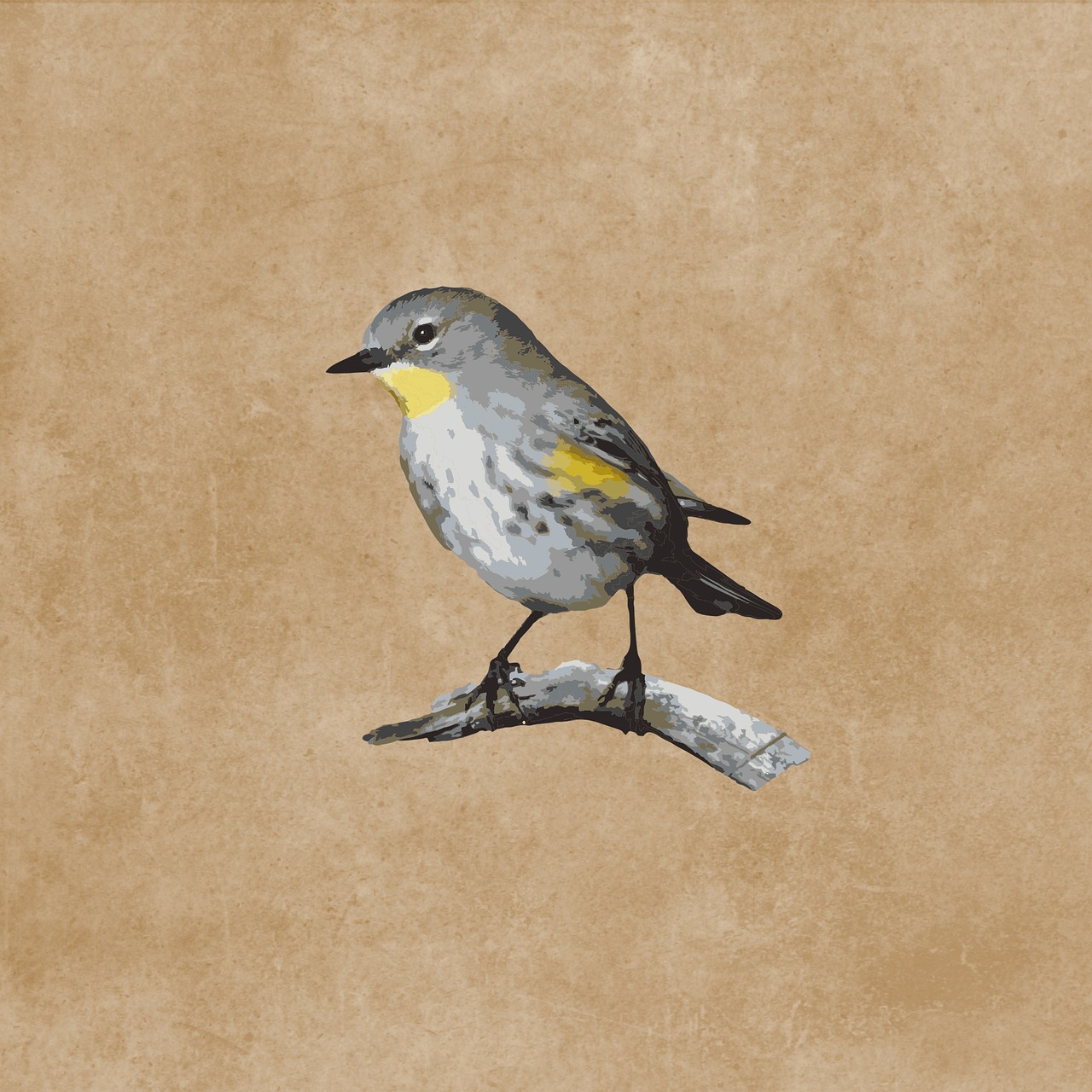
Software Recommendations
When it comes to diving into the world of manga drawing, having the right software can make a world of difference. Whether you're a traditional artist transitioning to digital or a complete novice, the right tools can elevate your artwork from good to stunning. There are several software options available, each catering to different needs and preferences. Below, we will explore some of the most popular software used by aspiring manga artists, highlighting their features and benefits.
One of the most widely used programs is Clip Studio Paint. This software is tailored specifically for comic and manga artists, offering a plethora of tools designed to streamline the drawing process. With features like customizable brushes, 3D models for reference, and panel layout tools, it's no wonder that many professionals swear by it. Additionally, it supports both raster and vector graphics, giving you the flexibility to choose your preferred style.
Another excellent option is Adobe Photoshop. While it’s primarily known for photo editing, many artists utilize Photoshop for its powerful painting and illustration capabilities. Its extensive brush library and layering system allow for intricate details and effects. However, it may not have specific comic-focused features like Clip Studio Paint, which could make the drawing process slightly more cumbersome for manga artists.
If you're looking for a free alternative, Krita is a fantastic choice. This open-source software is packed with features that make it suitable for both manga and general digital painting. Krita offers a user-friendly interface, a variety of brushes, and excellent support for creating comics. Plus, being free means you can experiment without financial commitment.
For those who prefer working on mobile devices, Procreate is a must-try. Available on iPads, Procreate has gained immense popularity due to its intuitive interface and powerful features. It’s perfect for sketching on the go, and it offers a range of brushes and tools to help you create stunning manga art. The ability to easily share your work on social media directly from the app is a nice bonus!
Lastly, let's not forget about Paint Tool SAI. This software is lightweight and offers a straightforward approach to digital drawing. While it may not have as many features as the others, its smooth brush engine and easy-to-use interface make it a favorite among many artists, especially those who enjoy a minimalist approach.
In summary, the choice of software largely depends on your specific needs and preferences. Here’s a quick comparison table to help you decide:
| Software | Best For | Price |
|---|---|---|
| Clip Studio Paint | Manga and comic creation | Paid |
| Adobe Photoshop | General illustration and photo editing | Paid |
| Krita | Free digital painting and comics | Free |
| Procreate | Mobile drawing on iPads | Paid |
| Paint Tool SAI | Lightweight digital drawing | Paid |
Choosing the right software is a personal journey, and it might take some trial and error to find what works best for you. Don’t hesitate to explore different programs, and remember that the most important thing is to keep creating and honing your skills!
Q: What is the best software for beginners?
A: For beginners, Krita is an excellent free option, while Clip Studio Paint offers a comprehensive set of tools for those willing to invest.
Q: Do I need a graphics tablet to draw digitally?
A: While a graphics tablet can significantly enhance your drawing experience, many artists start with just a mouse and a good drawing software.
Q: Can I use my smartphone for manga drawing?
A: Absolutely! Apps like Procreate Pocket or Medibang Paint are great for creating manga on your smartphone.
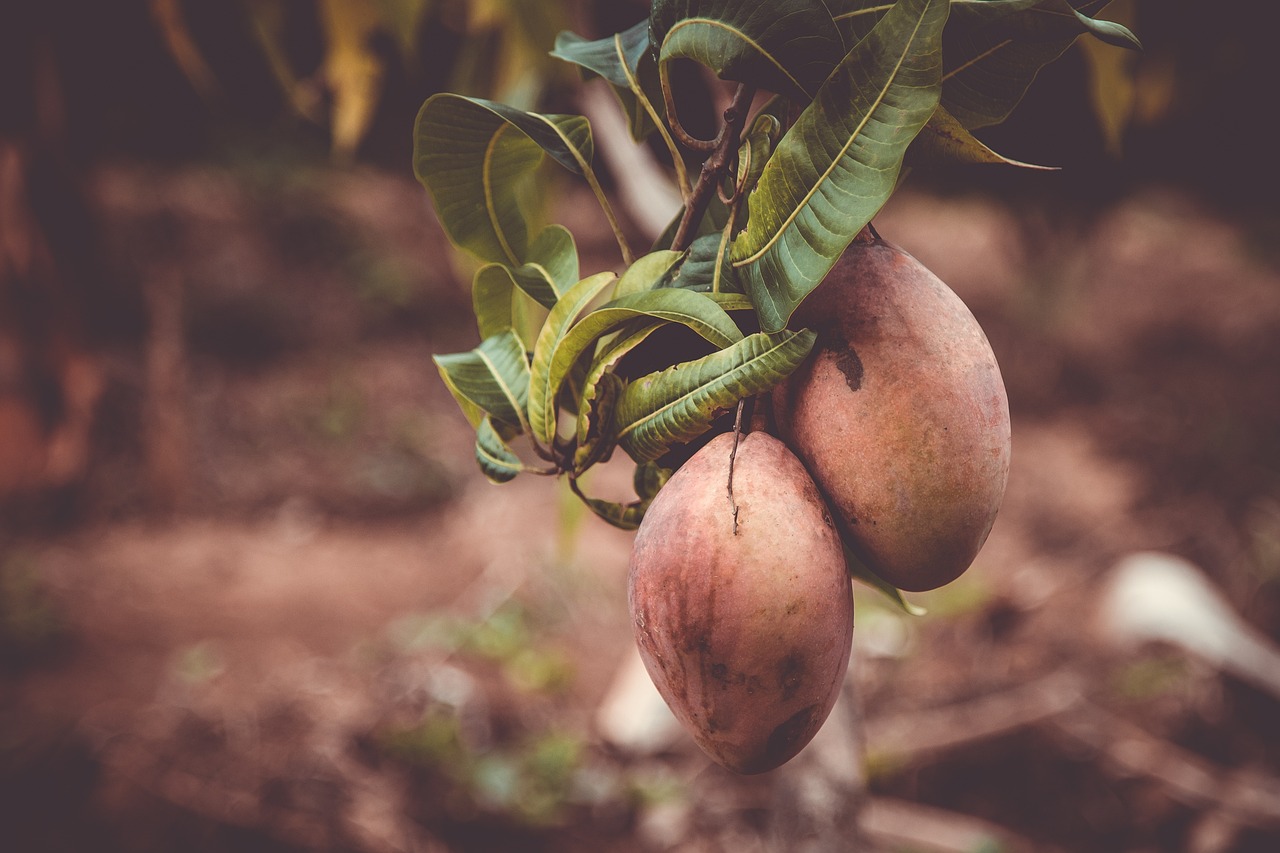
Choosing Your Characters
When it comes to creating your manga, one of the most exciting and crucial aspects is choosing your characters. Characters are the heart and soul of your story; they are the ones who will take your readers on an emotional rollercoaster. So, how do you go about crafting these unforgettable personas? Well, let’s dive into the process!
First off, think about the personality traits you want your characters to embody. Are they brave and adventurous, or shy and introverted? Perhaps they have a quirky sense of humor that adds a lighthearted touch to your narrative. Whatever it is, defining these traits early on will help you create a well-rounded character that feels real to your audience. Consider using a character sheet to jot down these traits and other important details.
Next, let’s talk about physical attributes. These include everything from hair color and eye shape to height and build. A character’s appearance can significantly influence how they are perceived by the audience. For instance, a tall character might exude confidence, while a shorter character might appear more approachable. Think of your character as a living, breathing entity—their look should reflect their personality and story arc.
Moreover, don’t forget about the backstory. Every character has a history that shapes who they are. Ask yourself questions like: What challenges have they faced? What dreams do they hold? This backstory will not only add depth to your character but also inform their decisions and relationships throughout the story. Remember, a well-developed character can turn a simple plot into a compelling narrative.
As you begin to sketch out your characters, consider how their design influences their role in the story. For example, a villain might have sharp angles and dark colors to evoke feelings of fear or unease, while a hero may have softer lines and brighter hues to symbolize hope and positivity. This visual representation is crucial in manga, where art and storytelling intertwine.
Lastly, it’s important to think about how your characters interact with one another. Relationships can drive the plot forward and create tension or harmony within your story. You might want to create a relationship chart that outlines how characters are connected, their dynamics, and how these relationships evolve over time. This will not only help you maintain consistency but also enhance the emotional weight of your story.
- What should I prioritize when designing my characters?
Focus on personality traits and how they influence physical attributes and backstory. - How can I make my characters relatable?
Give them flaws and dreams that resonate with your audience. - Is it necessary to create a backstory for every character?
While not every character needs a deep backstory, having one can add depth to main characters. - How do I balance character design and storytelling?
Ensure that the visual elements reflect the character’s personality and role in the plot.
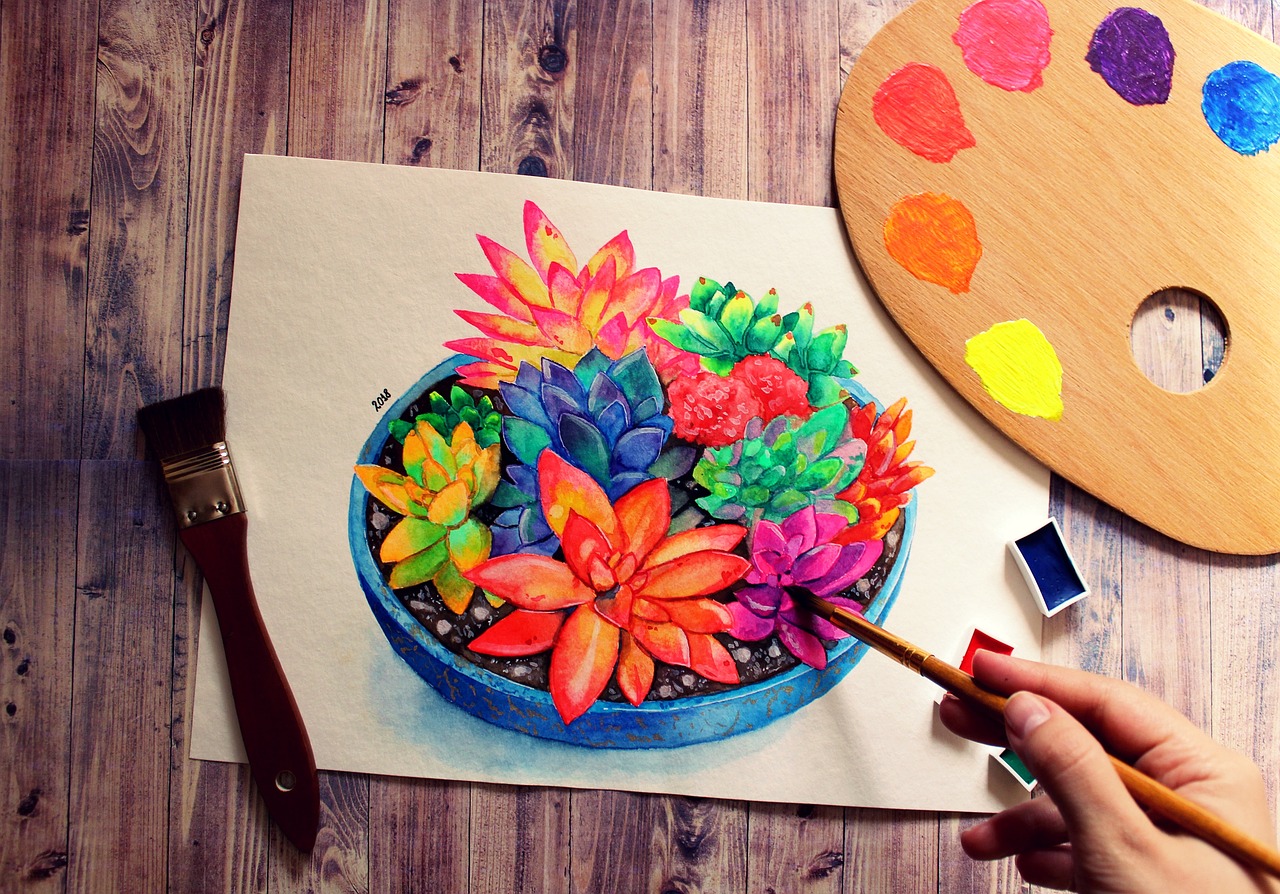
Basic Drawing Techniques
Diving into the world of manga drawing can feel like stepping into a vibrant universe filled with endless possibilities. But before you can create your own captivating stories and characters, you need to master some . These foundational skills will not only enhance your artistic abilities but also give you the confidence to express your unique style. Let’s break down some of these essential techniques, shall we?
First off, line work is your best friend. Think of it as the skeleton of your artwork. A clean, confident line can make the difference between a sketch that looks amateurish and one that pops with energy. Practice varying your line thickness; a thicker line can add emphasis, while a thinner line can create delicate details. Try drawing simple shapes and gradually move on to more complex forms. Remember, the more you practice, the more fluid your lines will become!
Next, let’s talk about shading. This is where your drawings start to gain depth and dimension. There are several techniques you can use, such as hatching, cross-hatching, and stippling. Hatching involves drawing parallel lines close together, while cross-hatching adds a layer of lines in the opposite direction. Stippling, on the other hand, uses small dots to create texture. Each of these methods can be used to convey light and shadow, giving your characters a more three-dimensional appearance. Experiment with these techniques to find what works best for you!
Now, we can’t forget about perspective. Understanding perspective is crucial for creating backgrounds and environments that feel realistic. A simple way to start is by practicing one-point perspective, where all lines converge at a single point on the horizon. This technique is especially useful for drawing roads, railways, or hallways. As you become more comfortable, challenge yourself with two-point and three-point perspectives. These can add dramatic angles and depth to your scenes, making them more engaging for your readers.
While mastering these techniques, it’s also important to keep in mind the proportions and anatomy of your characters. Understanding how the human body is structured will help you create more relatable and believable figures. Start by studying basic shapes—like circles and rectangles—to form the body. Then, build upon that foundation by learning about the proportions of the head, torso, limbs, and other features. A handy rule of thumb is that an average adult figure is about 7 to 8 heads tall. As you practice, don’t be afraid to stylize your characters; after all, manga often exaggerates proportions for artistic effect!
Lastly, let’s discuss expressive facial features. The face is a powerful tool for conveying emotions, and mastering it can significantly enhance your storytelling. Pay attention to how different expressions change the shape of the eyes, mouth, and eyebrows. For example, a surprised character might have wide-open eyes and an open mouth, while a sad character could have drooping eyelids and a downturned mouth. Practice drawing various expressions to help your characters come alive on the page.
In conclusion, mastering these basic drawing techniques—line work, shading, perspective, proportions, and expressive facial features—will lay a solid foundation for your manga art journey. Remember, the key is to practice consistently and not be afraid of making mistakes. Each error is just a stepping stone toward improvement. So grab your tools, unleash your creativity, and let your imagination run wild!
- How long does it take to learn these techniques?
It varies for everyone, but with consistent practice, you can see significant improvement in a few months. - Do I need expensive tools to get started?
No, you can start with basic pencils and paper. As you progress, you can invest in higher-quality materials. - Can I use these techniques for styles other than manga?
Absolutely! These techniques are fundamental to many forms of art and can be adapted to suit different styles.
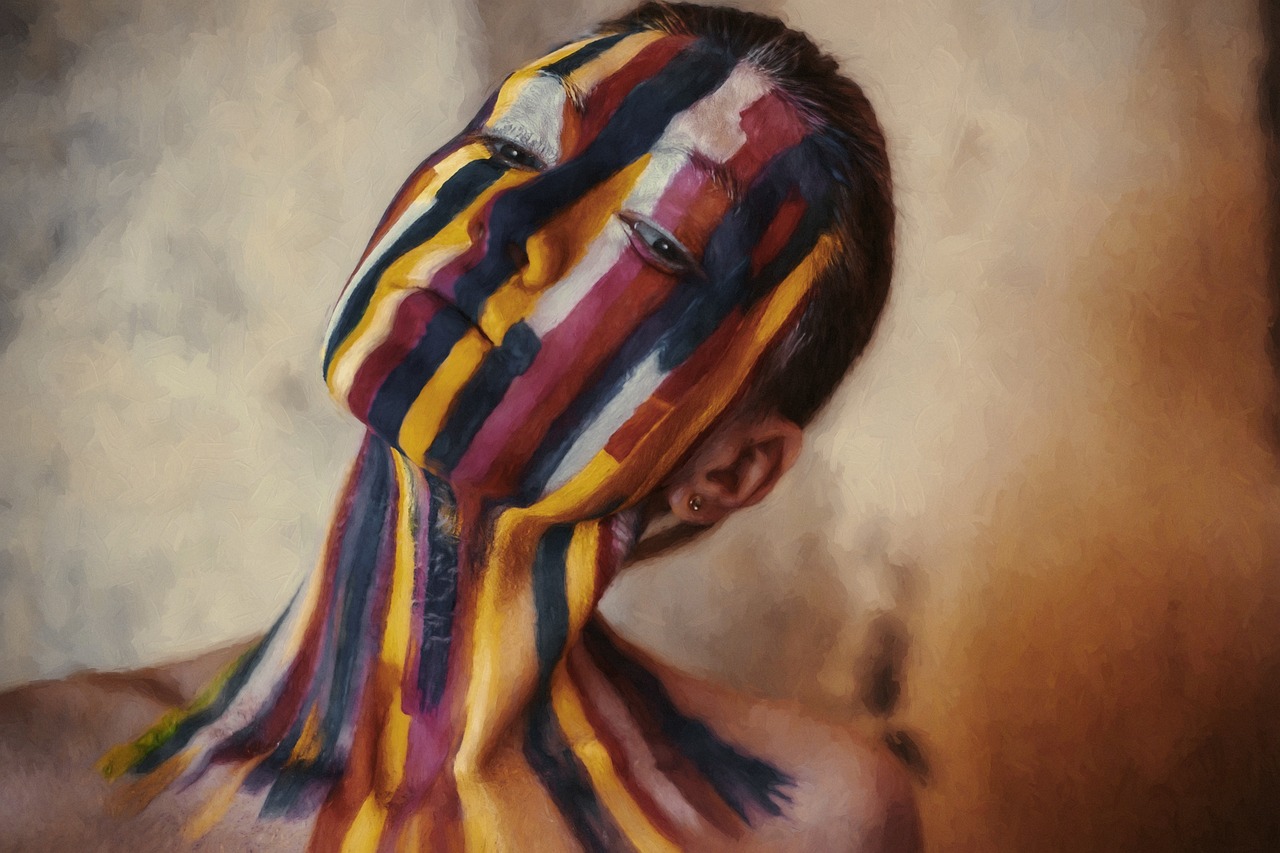
Proportions and Anatomy
When it comes to drawing manga, understanding proportions and anatomy is crucial for creating characters that are not only visually appealing but also believable. Imagine trying to draw a character that looks like they just stepped out of a funhouse mirror—awkward and distorted. To avoid this, you need to grasp the fundamental rules of human anatomy, which serve as the backbone for any character design.
The basic human figure can be divided into several key proportions that artists often reference. For instance, the average adult human is typically about 7 to 8 heads tall. This means if you measure the height of the head, you can multiply that by seven or eight to get the total height of your character. This technique helps maintain a sense of balance and realism in your drawings. Below is a simple breakdown of common proportions:
| Body Part | Proportion |
|---|---|
| Head | 1 unit |
| Torso | 2-3 units |
| Legs | 4 units |
| Arms | 2-3 units |
In addition to proportions, understanding the underlying structure of the human body is essential. This involves knowing the major muscle groups and how they interact with the skeletal system. For example, when you draw arms in various poses, you need to consider how the biceps and triceps flex and contract. This knowledge not only adds realism but also allows your characters to express a wider range of emotions through their body language.
Another important aspect of anatomy is the pose. Characters in dynamic poses can convey action and emotion effectively, while static poses may feel lifeless. To achieve this, you can use the gesture drawing technique, which focuses on capturing the essence of a pose quickly, rather than getting bogged down in details. Think of it as the difference between a snapshot and a carefully composed painting. Gesture drawing helps you understand movement and flow, making your characters feel alive.
Lastly, don’t forget about the facial proportions. The face is often where the most emotion is conveyed, so mastering its anatomy is vital. The eyes, nose, and mouth should be positioned correctly to maintain balance. A common guideline is that the eyes are typically located halfway down the head, while the bottom of the nose sits about halfway between the eyes and the chin. This rule can help you create faces that resonate with your audience.
In summary, mastering proportions and anatomy is a journey that requires practice and observation. The more you study and draw, the more intuitive these concepts will become. Remember, even the greatest artists started somewhere, so don’t be discouraged if your early attempts don’t meet your expectations. Keep practicing, and soon enough, you’ll see improvement in your manga drawing skills!
- What are the basic proportions for drawing a human figure?
The average human figure is generally 7 to 8 heads tall, with specific body parts proportionally sized relative to the head. - How can I improve my understanding of anatomy?
Study anatomy books, attend life drawing sessions, and practice gesture drawing to better understand human movement and proportion. - Is it necessary to know anatomy to draw manga?
While it’s not strictly necessary, a solid understanding of anatomy can significantly enhance the believability and appeal of your characters.

Expressive Facial Features
When it comes to manga drawing, the ability to depict is crucial for conveying emotions and enhancing storytelling. Think of a character's face as a canvas where every line, curve, and shadow tells a story. Just like a musician uses different notes to create a symphony, you can use various facial expressions to evoke feelings and draw readers into the narrative. But how do you master this art? Let’s dive into the intricate world of facial expressions!
First, it’s essential to understand the basic emotions you want to portray. Each emotion has a unique set of characteristics that can be visually represented. For instance, happiness is often depicted with raised eyebrows, a wide smile, and bright eyes, while sadness may involve drooping eyelids, a frown, and a downturned mouth. Here’s a quick breakdown of some common emotions and their facial features:
| Emotion | Key Features |
|---|---|
| Happiness | Bright eyes, wide smile, raised eyebrows |
| Sadness | Drooping eyelids, frown, downturned mouth |
| Anger | Furrowed brows, clenched jaw, narrowed eyes |
| Surprise | Wide eyes, raised eyebrows, open mouth |
| Fear | Wide eyes, open mouth, tense facial muscles |
Once you grasp these basic features, you can start experimenting with them in your drawings. Don't be afraid to exaggerate expressions; manga is all about emphasis and drama. For example, if your character is shocked, you might draw their eyes even larger than usual, and their mouth might be wide open as if they just saw a ghost! This exaggeration not only makes the emotion clear but also adds a touch of humor and style that is quintessential to manga.
Another vital aspect of drawing expressive faces is understanding facial anatomy. Familiarize yourself with the structure of the face, including the placement of features like the eyes, nose, and mouth. Knowing how these elements interact with each other will enable you to create more realistic and relatable expressions. For instance, slight shifts in the position of the eyebrows can dramatically change the perceived emotion of a character. A furrowed brow can indicate concentration or anger, while raised eyebrows can suggest surprise or curiosity.
Moreover, consider the context in which your character is expressing these emotions. The situation they are in can greatly influence their facial expressions. Is your character facing a life-threatening situation? Their expression might be a mix of fear and determination. On the other hand, if they are sharing a laugh with friends, their face will light up with joy. Keeping the context in mind will help you draw more authentic and engaging expressions.
Lastly, practice is key! Spend some time sketching different facial expressions. Try to capture a range of emotions from various angles and in different contexts. You can even use reference images or observe people around you to see how their faces change with different feelings. The more you practice, the more natural it will become to draw expressive faces that resonate with your audience.
- What are the best resources for learning facial expressions in manga? There are numerous online tutorials, books, and reference guides dedicated to manga art that can help you improve your skills.
- How can I practice drawing facial expressions effectively? Regular sketching, using references, and studying real-life expressions can significantly enhance your ability to portray emotions.
- Is it necessary to exaggerate expressions in manga? Yes! Exaggeration is a hallmark of manga art and helps to convey emotions more clearly and dramatically.

Storytelling Through Manga
When it comes to manga, storytelling is not just about the words on the page; it’s about how those words and visuals come together to create a captivating experience. Think of manga as a dance between art and narrative, where each panel moves the story forward and engages the reader on multiple levels. The beauty of manga lies in its ability to convey complex emotions and intricate plots through a combination of stunning illustrations and well-crafted dialogue.
At the heart of effective manga storytelling is plot development. This involves not only creating a compelling storyline but also ensuring that it flows smoothly from one scene to the next. A well-structured plot typically includes elements such as exposition, rising action, climax, falling action, and resolution. Each of these components plays a vital role in keeping readers invested in your characters and their journeys. For instance, consider how a gripping climax can leave readers on the edge of their seats, eagerly turning pages to discover what happens next.
Another crucial aspect of storytelling in manga is pacing. Pacing refers to the speed at which your story unfolds. Too fast, and readers might feel lost; too slow, and they may lose interest. Balancing action scenes with quieter, character-driven moments can create a rhythm that keeps readers engaged. For example, a high-stakes battle might be followed by a reflective moment where characters process their experiences. This ebb and flow can enhance emotional impact and deepen reader connection.
Visuals play a significant role in enhancing the narrative. The way you compose your panels can influence how readers perceive the story. Panel layout is not merely a technical aspect; it’s an artistic choice that can guide the reader’s eye and control the pacing of the narrative. For instance, larger panels can draw attention to important moments, while smaller panels can create a sense of urgency. Additionally, varying the angle and perspective of your shots can add depth and excitement to your storytelling.
Moreover, dialogue is a powerful tool in manga. It’s not just about what characters say, but how they say it. Engaging dialogue can reveal personality traits, drive the plot forward, and create tension between characters. Consider using subtext—what’s left unsaid—to add layers to conversations. This can make interactions feel more realistic and relatable. When crafting dialogue, think about how the characters' backgrounds and motivations influence their speech patterns. For example, a character from a strict upbringing might speak more formally than a free-spirited counterpart.
Incorporating emotional beats is another way to enrich your storytelling. Moments of joy, sadness, or tension can significantly impact how readers connect with your characters. Use facial expressions, body language, and visual metaphors to convey emotions effectively. A character’s smile can light up a page, while a furrowed brow can indicate deep concern. These visual cues, combined with your narrative, create a holistic experience that resonates with readers.
To sum it all up, storytelling in manga is a multifaceted art form that requires attention to detail and a deep understanding of both narrative and visual elements. By mastering plot development, pacing, panel layout, and dialogue, you can create a manga that not only tells a story but also captivates the hearts and minds of your readers. Remember, the goal is to immerse them in a world where they can feel every emotion and experience every twist and turn alongside your characters.
- What is the most important aspect of storytelling in manga?
While all elements are essential, plot development and character depth are often considered the most critical for engaging storytelling. - How can I improve my dialogue writing?
Practice writing dialogue that reflects your characters' personalities and backgrounds, and consider using subtext to add depth. - What should I focus on when creating a manga plot?
Focus on creating a clear structure with a compelling conflict and resolution to keep readers invested.

Panel Layout and Composition
When it comes to manga drawing, the way you arrange your panels can make all the difference in how your story is perceived. Think of panel layout as the stage for your narrative; it dictates the flow, pacing, and emotional impact of your scenes. Each panel is like a window into a moment, and how you frame that moment can either engage your readers or leave them confused. So, how do you master this crucial aspect of manga? Let's dive in!
First, consider the size and shape of your panels. Different shapes can evoke different feelings. For example, wide panels can create a sense of grandeur or calm, while narrow panels can heighten tension or urgency. A good rule of thumb is to vary your panel sizes throughout your manga to keep things visually interesting. You might use larger panels for critical moments, allowing readers to soak in the details, and smaller ones for quick, action-packed sequences. This technique not only enhances the visual storytelling but also guides the reader's eye naturally through the story.
Next, let’s talk about composition. The arrangement of elements within each panel is vital. You want to make sure that the focal point of each panel is clear. This could be a character’s expression, an important object, or a dramatic action. Use the Rule of Thirds as a guideline: divide your panel into three equal parts both horizontally and vertically. Place important elements along these lines or at their intersections to create a balanced and engaging composition. Remember, the composition should not only highlight the main action but also provide context to the surrounding environment.
Additionally, consider how the flow of panels affects the reading experience. The arrangement of panels on a page should lead the reader’s eye smoothly from one to the next. This can be achieved by aligning elements in adjacent panels or using directional cues, such as character movements or lines of action that guide the viewer’s gaze. A well-thought-out flow will enhance the storytelling and keep readers immersed in your world.
To illustrate these concepts, let’s take a look at a simple table that summarizes different types of panel layouts and their effects:
| Panel Type | Description | Emotional Impact |
|---|---|---|
| Wide Panel | Spans the entire width of the page, often used for landscapes or group shots. | Creates a sense of grandeur or calm. |
| Narrow Panel | Thin and tall, often used for quick actions or reactions. | Increases tension or urgency. |
| Irregular Shapes | Panels that vary in size and shape, often used for dramatic effect. | Creates a sense of chaos or excitement. |
Finally, don’t forget about the backgrounds and negative space. These elements play a crucial role in enhancing your panels. A well-drawn background can set the scene and provide context, while negative space can help emphasize the action or emotion in your characters. Balancing these elements will lead to a more polished and professional look in your manga.
In conclusion, mastering panel layout and composition is essential for any aspiring manga artist. By varying panel sizes, focusing on composition, ensuring a smooth flow, and paying attention to backgrounds, you can create a visually stunning and emotionally engaging narrative. So grab your tools and start experimenting with your layouts; the world of manga awaits!
- What is the best way to practice panel layout? Start by studying your favorite manga. Analyze how the artists use panel size and composition to convey emotion and action.
- Can I use digital tools for panel layout? Absolutely! Digital drawing software often provides tools that make it easy to experiment with different layouts and compositions.
- How do I know if my panel layout is effective? Share your work with others and ask for feedback. Pay attention to whether readers can easily follow the story and feel the intended emotions.
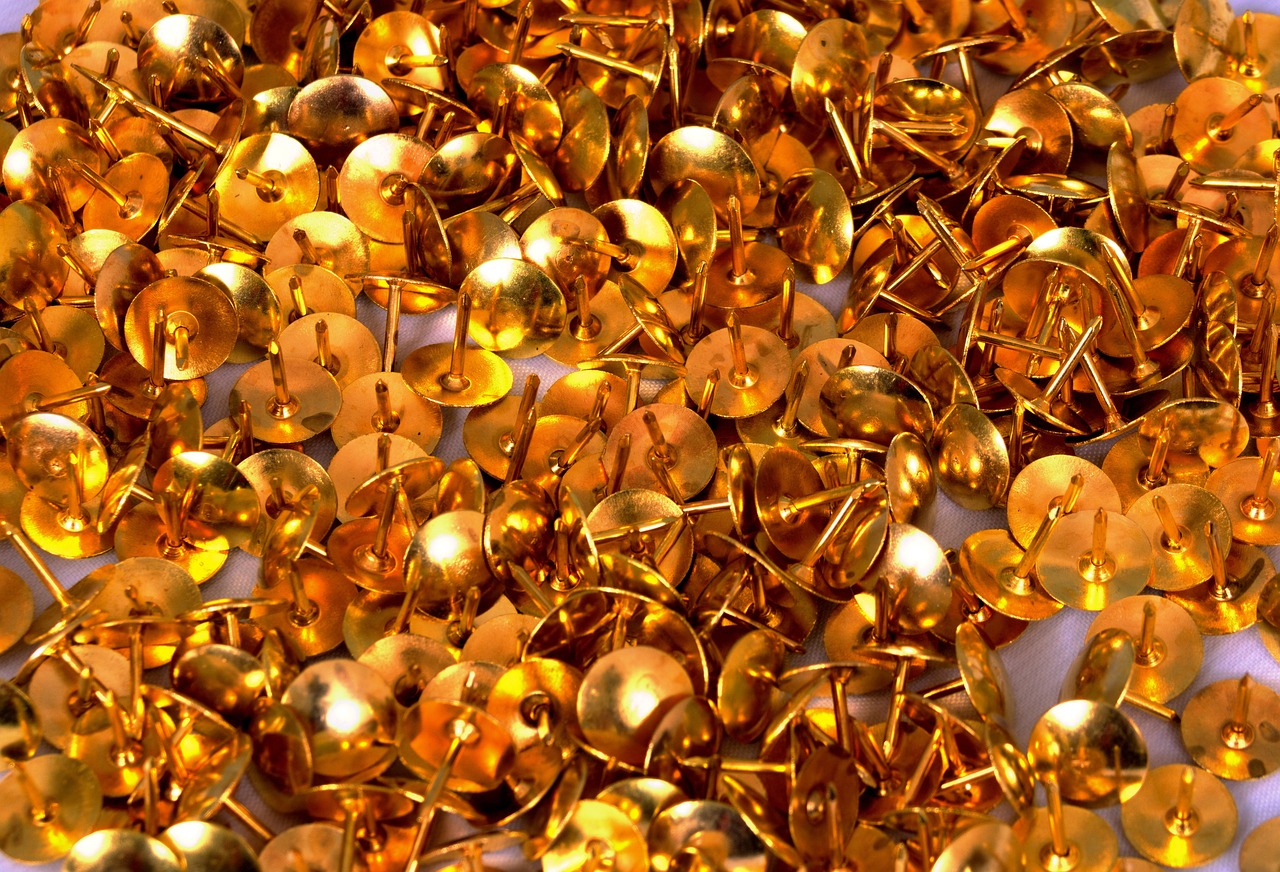
Creating Engaging Dialogue
When it comes to manga, dialogue isn't just a bunch of words thrown together; it's the lifeblood of your characters and story. Think of it as the bridge that connects your readers to the emotions and motivations of your characters. Engaging dialogue can make readers laugh, cry, or even gasp in surprise. So, how do you craft dialogue that resonates? Let's break it down!
First off, consider your characters. Each character should have a distinct voice that reflects their personality. For instance, a bubbly and optimistic character might speak in short, enthusiastic sentences, while a more serious character could use longer, more complex structures. It's essential to keep their backgrounds, experiences, and emotional states in mind. This is where character profiles come in handy. By outlining key traits, you can ensure that their dialogue remains consistent throughout your story.
Next, think about the context of the conversation. The setting and situation can dramatically influence how characters interact. For example, a heated argument will sound different than a light-hearted chat over coffee. To create authentic dialogue, immerse yourself in the scenario. Imagine how people speak in real-life situations—sometimes they interrupt each other, or they might trail off mid-sentence. Incorporating these elements can make your dialogue feel more natural and relatable.
Another critical aspect is to keep the dialogue concise. Readers often skim through text, especially in manga where visuals are a major focus. Avoid lengthy monologues that can slow down the pacing. Instead, aim for brevity while ensuring that each line adds value to the story. A good rule of thumb is to ask yourself: Does this dialogue move the plot forward or develop the character? If the answer is no, it might be time to cut it.
Moreover, consider using subtext. This is where the real magic happens! Often, what isn't said is just as important as the words themselves. Characters may have hidden agendas or feelings that they don’t express directly. For instance, a character might say, “I’m fine,” when they’re clearly upset. This creates tension and invites readers to dig deeper into the story. It’s like a game of chess; the real strategy lies beneath the surface.
Finally, don’t forget the power of humor and wit! A well-placed joke or clever comeback can lighten the mood and endear your characters to the audience. Think about your favorite manga moments—chances are, they include some memorable lines that made you chuckle or smile. To achieve this, pay attention to timing and delivery. A punchline in the right moment can elevate a scene from good to unforgettable.
In summary, creating engaging dialogue in manga is an art form that requires practice and a keen understanding of your characters and story. By focusing on character voice, context, brevity, subtext, and humor, you can craft conversations that captivate your readers. Remember, dialogue is more than just words; it’s a powerful tool that can enhance your storytelling and bring your characters to life!
- What makes dialogue engaging in manga? Engaging dialogue reflects character personalities, fits the context, is concise, uses subtext, and incorporates humor.
- How can I ensure my characters have distinct voices? Create character profiles that outline their traits, backgrounds, and emotional states to maintain consistency in their dialogue.
- Should I avoid long dialogues in manga? Yes, keeping dialogue concise helps maintain pacing and allows readers to focus on the visuals.
- What is subtext in dialogue? Subtext refers to the underlying meanings or emotions that characters convey without explicitly stating them, adding depth to conversations.
Frequently Asked Questions
- What is the best way to start drawing manga?
Starting your manga journey can be as exciting as diving into a new world! Begin by understanding different manga styles like Shonen or Shojo, and experiment with basic drawing techniques. Don’t stress about perfection; just grab your pencil and let your creativity flow!
- Do I need expensive tools to draw manga?
Not at all! While high-end tools can be nice, you can start with simple materials like sketch paper, pencils, and pens. As you progress, you might want to explore digital tools or specialized manga supplies, but remember, it’s your skills that truly matter!
- How can I improve my character design skills?
Character design is all about personality and uniqueness. Start by brainstorming traits and visual elements that reflect your characters’ stories. Practice sketching different expressions and poses to bring them to life. Think of it like building a friend – the more you know them, the better you can portray them!
- What are some essential drawing techniques I should learn?
Focus on mastering line work, shading, and perspective. These techniques are the backbone of dynamic manga illustrations. Think of them as the foundation of a house; without a solid base, everything else can crumble!
- How important is storytelling in manga?
Storytelling is crucial! It’s what keeps readers engaged and invested in your characters. Work on developing a compelling plot and pacing that flows well. Remember, visuals and narrative go hand in hand – they’re like peanut butter and jelly!
- What software do you recommend for digital manga drawing?
Popular options include Clip Studio Paint, Adobe Photoshop, and Procreate. Each has its unique features, so it’s worth trying a few to see which fits your style best. Think of it as finding the right pair of shoes – they should feel comfortable and enhance your creative journey!
- Can I mix traditional and digital drawing methods?
Absolutely! Many artists blend both methods to achieve unique styles. You can sketch traditionally and then scan your work to finish digitally. It’s like cooking – sometimes a mix of ingredients creates the most delicious dish!



















